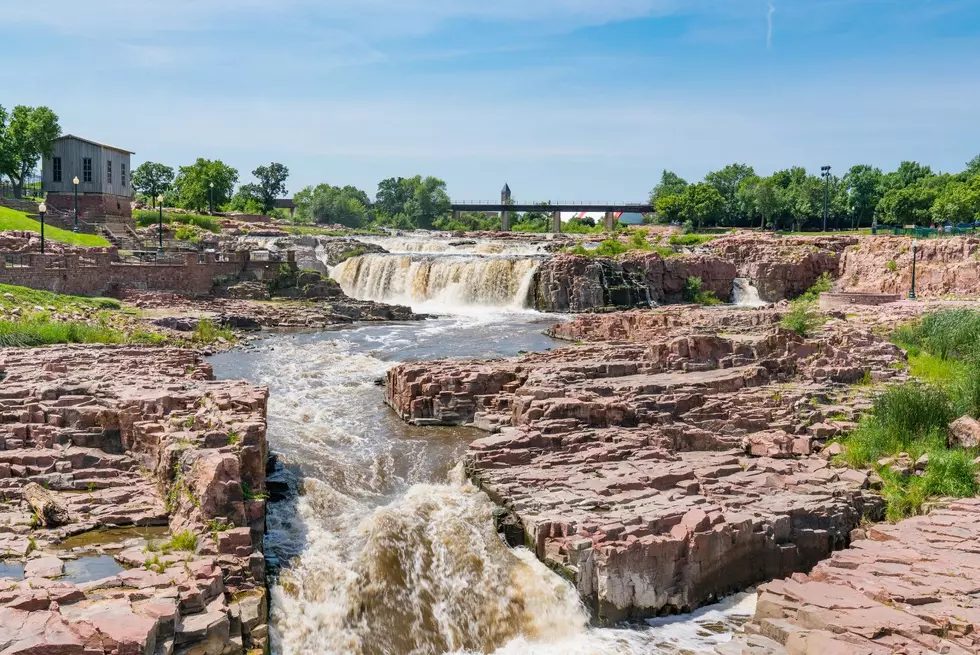
Tour of South Dakota Historical Markers: In Memory of Makana Na Ota E ‘En
I always see those South Dakota historical markers around. They are a great way to learn about the history of a particulate area of South Dakota.
The markers are along the highway or parks and I always enjoy reading them, when I can. Often I don’t get a chance to because I’m speeding by on a trip or on some surely important errand. So, I found a collection of the text of all the markers in South Dakota from the South Dakota State Historical Society and want to share some of them with you here. I’ll start with the markers in Minnehaha County and move on from there.
In Memory of Makana Na Ota E ‘En (Among Little Trees)
Erected in 1993. Located at the corner of Covell Lake, near Madison Street at Terrace Park.
“Enraged over the broken promises of the white man, the Santee Sioux, led by Chief Little Crow, launched the ‘War of the Outbreak’ – or ‘Dakota War’ – in August, 1862, along with Minnesota River. Little Crow ordered White Lodge’s band, camped near Lake Benton, Minnesota, to drive out the settlers along the Dakota border and in the Big Sioux River valley. On August 25, 1862, Judge Joseph B. Amidon and his son, William, were slain by Indians while making hay near the north edge of Sioux Falls. Territorial Governor William Jayne ordered evacuation of the settlement. Following the Yankton Stage Trail, the settlers fled to Yankton, led by a detachment of Dakota Cavalry. In November, a scouting party under Captain Nelson Miner returned to Sioux Falls. Included in the party were a number of civilians who had been residents of Sioux Falls before its evacuation. Many of the civilians had cached goods which they now wished to recover. Using caution, the scouting party camped overnight on the south side of the Big Sioux River near the present location of the Yankton Trail Bridge. They continued at dawn and when ‘they reached the top of the south hills’ (present day 14th Street between Dakota and Minnesota Avenues) they not only discovered the settlement burned and in ruin, but also sighted a band of Indians near the Falls. On signal, the cavalry charged. The Indians scattered to the north and west and escaped, save
one man, who missed the unmarked trail crossing Covell’s Slough and whose horse floundered in the mud near this spot. Soldiers fired and wounded him. Injured and on foot, he was killed by a mounted soldier’s saber lashes. The cavalry reported the slain man to be Wa-keyan-doota, a nephew of the notorious renegade, Inkpaduta.
The Indian killed was not Inkpaduta’s nephew. He was Makana Na Ota E ‘En, which could be translated to Among Many Little Trees. He was a member of the visiting band who had no part in the Amidon murders or the sack of Sioux Falls. His only crime was being Indian. Later, his companions returned and buried him near the top of a nearby high point. Years later, in 1931, his true identity was related by his sister, Rattling Wings Woman. For some time, she unsuccessfully sought the burial place of her slain brother. It is thought that the unmarked grave of Makana Na Ota E ‘En is in upper Terrace Park.
Makana Na Ota E ‘En, like the Amidons, was a tragic casualty in the eddies of violence
surrounding the Dakota War.
More From KKRC-FM / 97.3 KKRC









